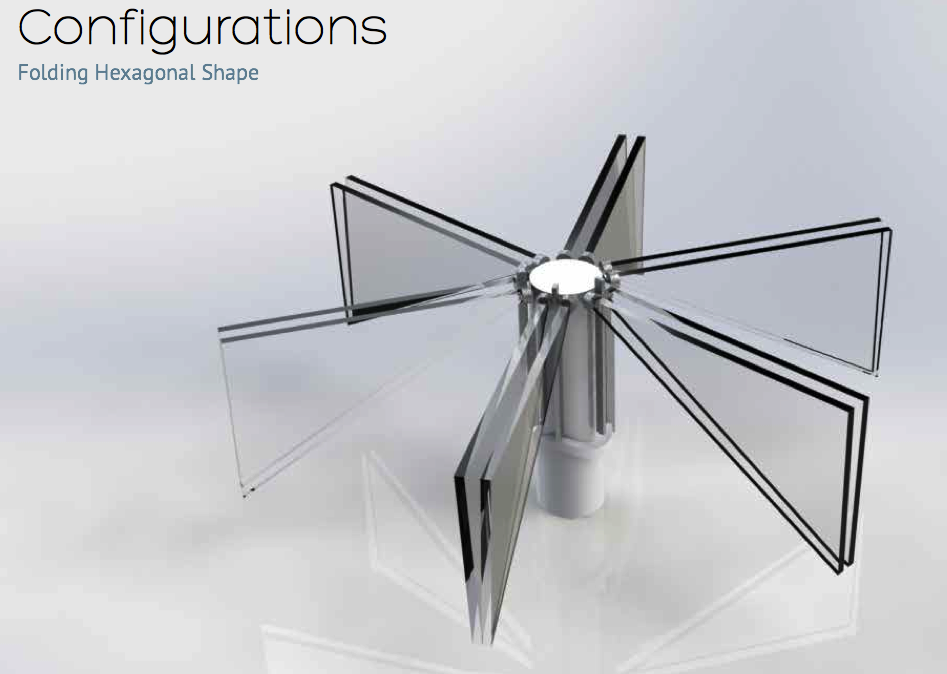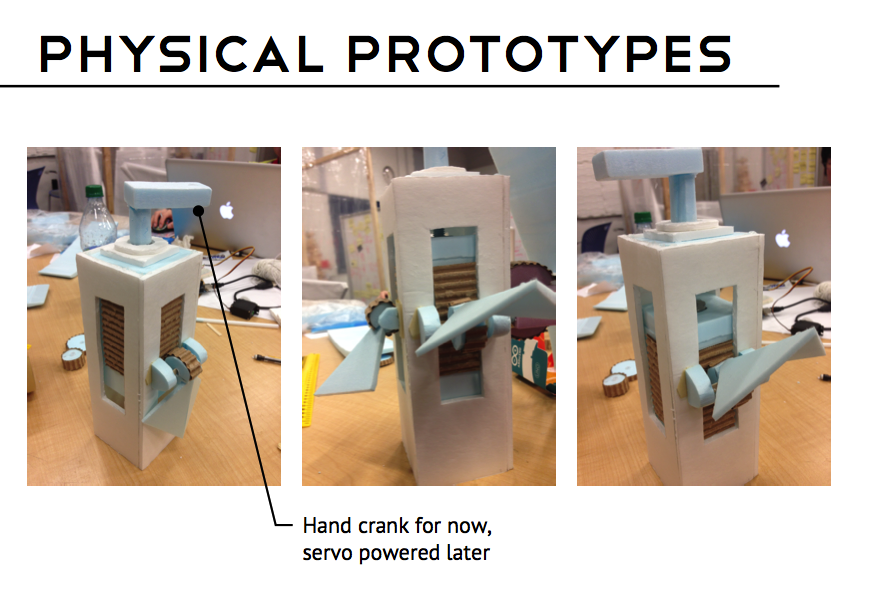Design Process
Phase I




The first phase consisted of ideation and exploration of forms. We took a lot of inspiration from the Al Bahr Towers by Aedas, especially the design and form of the hexagon with folding triangles. Also, we liked the structure of I-M-A-D-E: MorphoLuminescence by VitruviusFablab-ISCTE.IUL, FabLabEDP and Rhino3DPortugal because of the aesthetic look and feel of the environment it created. Shown in our sketches, these inspirations carried over to our designs combining elements from each precedent.
Takeaways


At this stage, we began looking at the problem of energy consumption and how we could raise awareness of it. Though, we were too focused on trying to make our sculpture more energy efficient, instead of raising awareness. We were also very focused on a wave like sculpture, but the shape itself didn’t signify much purpose. Design wise, we were still very fond of triangular shapes which did end up proceeding to the final product. Proceeding to Phase II, we took and modified certain elements from Phase I such as the folding gesture and a core center.
Phase II




During this Phase, we decided to keep some elements of our previous iteration while working towards a sculpture that brings awareness to light pollution specifically, instead of simply energy consumption. For materials, we were still using more limited and scrap material from previous projects (blue foam and foam posterboard). Mainly we relied on foam and corrugated cardboard, for the base and the gears/rack and pinion respectively. We also experimented and had access to our first and final working motor, an unknown speed DC motor. This motor was meant to be powered and controlled by our Arduino, though at this stage we had only tested it directly with a battery pack. So for this stage, we ended up creating a hand crank to a nut and bolt.


Improvements
- Improved our idea of folding panels and a core center with a rack and pinion mechanism
- Tested with different shapes and sizes of the base
- Changed our general goal/idea from awareness of overuse of light and energy into light pollution and how it affects energy consumption, viewing the night sky, and environmental issues
Takeaways
At the end of this phase we wanted to try to find a more reliable and consistent movement for the panels. We found that although the corrugated cardboard and foam was somewhat easy to work with, it did not provide the consistency that we wanted due to the low quality of the materials and should have been used for prototyping in phase I. From this physical prototype, we also learned to take into consideration the weight of the panels and the stress on the central screw.
Phase III
In phase 3, we came across worm gears to simplify the combined rack and pinion/screw mechanism. This time we utilized ¼ inch MDF, ⅛ inch acrylic, string, and 3D printing in our physical prototype. Because we no longer needed a square shape to lock in the central screw, we opted for a circular core. After confirming vertical translation of panels, flat panels were converted into folding ones to add a second degree of freedom.
Improvements
- Panels now moved with two degrees of freedom
- A selection of final materials now utilized
- Rack and pinion system simplified into a worm gear
- Decided on a circular shape for core center
Takeaways

In the end of this phase, we tested the motor for our mechanism and found that although the panels folded in and out, the motion was very slow and sometimes unreliable. Progressing to the final product, we needed to think about how to produce more power when the panels moved upwards against gravity. Also, we had to think about reducing the weight on the panels so that they could move easier instead of in abrupt motions.
